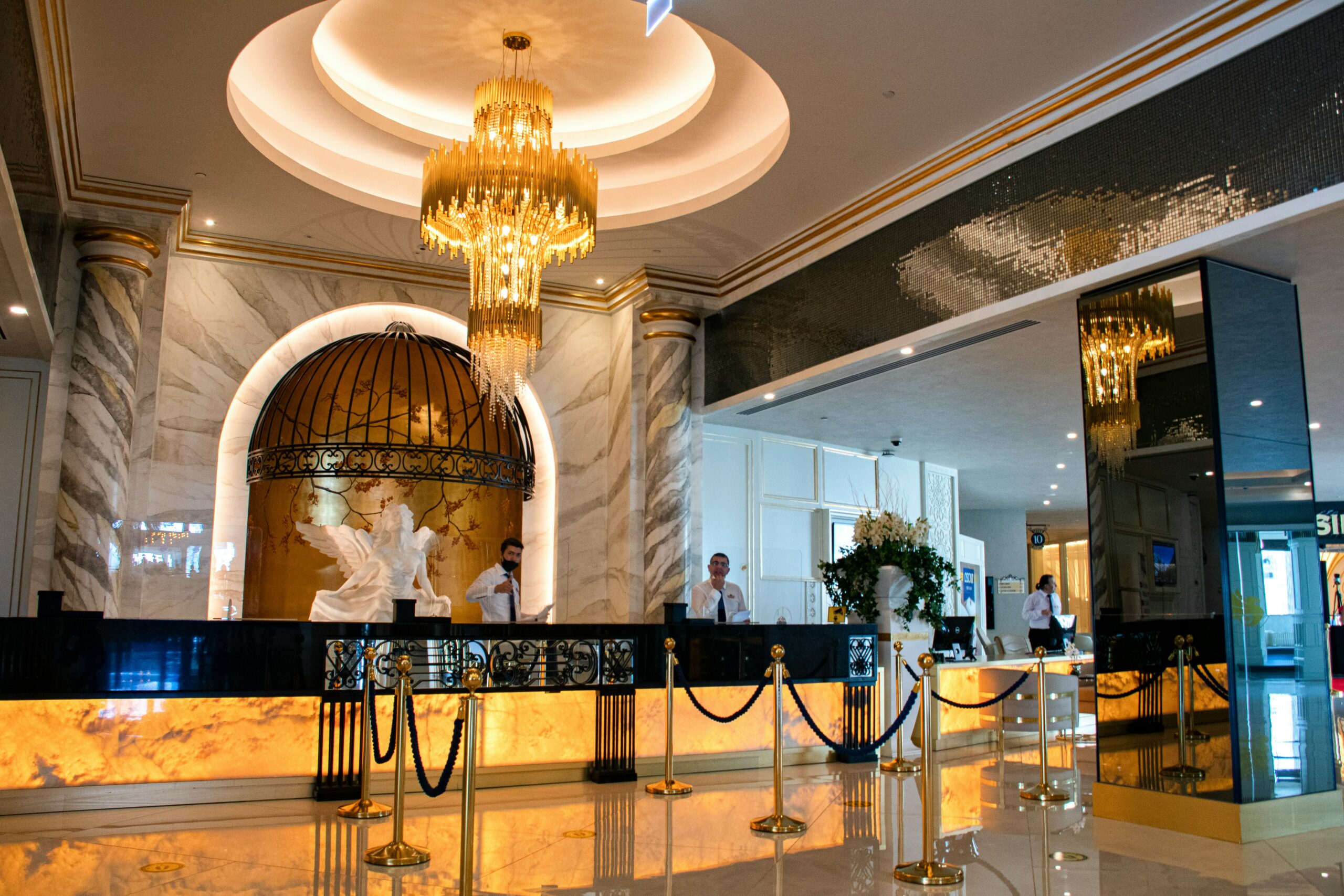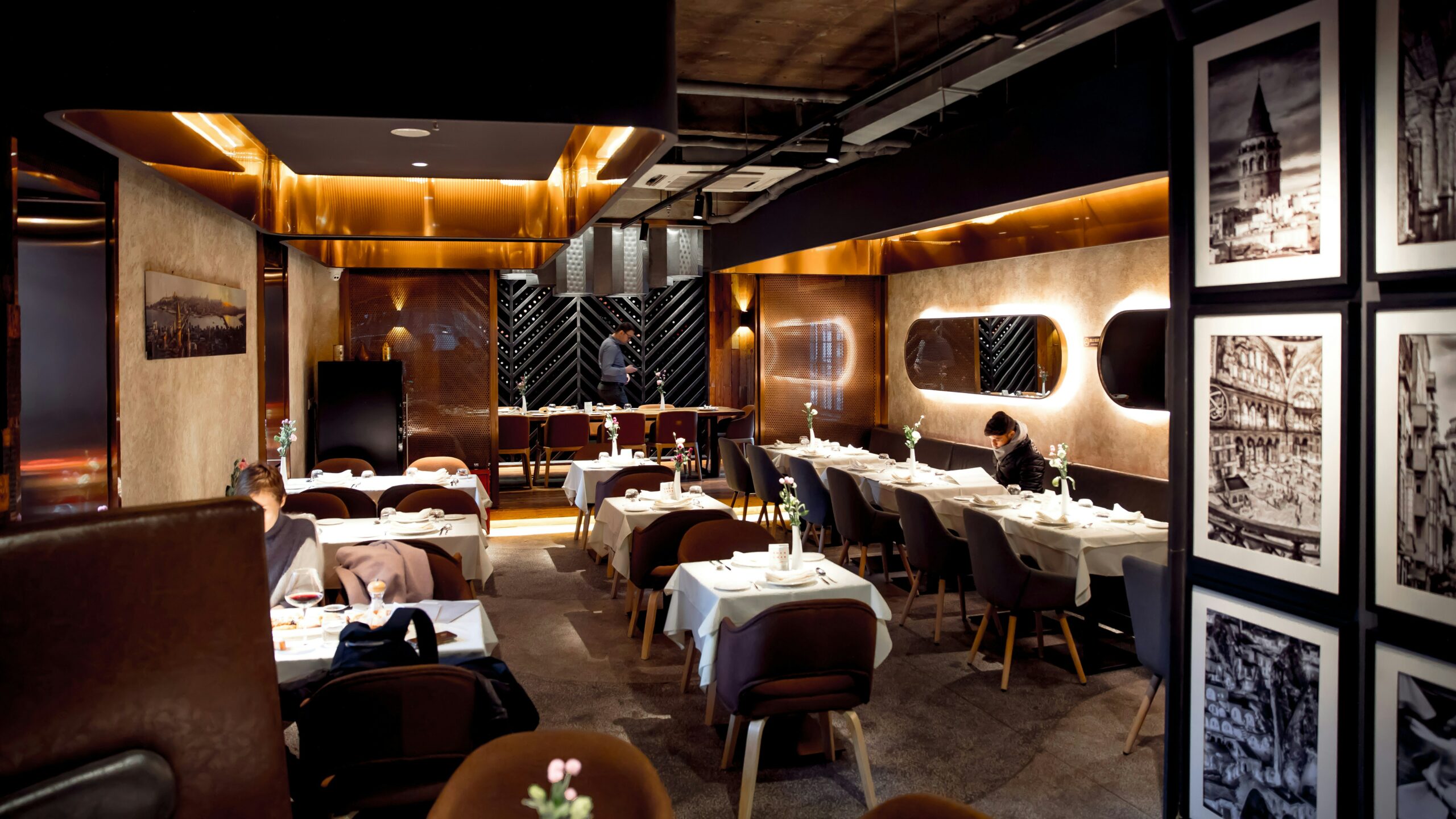Productivity at work : open space, closed office or teleworking - what do the data really say?
2 June 2025
For several decades now, companies have been experimenting with different workspace configurations: closed offices, open spaces, teleworking, hybrid models... Each approach claims to promote productivity and employee well-being. But what is the reality? Which configurations are the most effective, according to the available data ?
1. Open space: is collaboration overrated ?
Open spaces have long been touted as being conducive to collaboration and communication. However, recent studies are calling these supposed advantages into question.
- Fewer face-to-face interactions: a Harvard Business School study found that face-to-face interactions fell by 70% after the move to an open space, while e-mail exchanges increased by 67% and instant messaging by 75%.
- Increased stress and distractions: open spaces can lead to sensory overload, reduced concentration and increased stress, affecting overall productivity.
2. Closed offices: back in favour ?
Individual offices offer significant advantages in terms of concentration and reducing distractions.
- Improved concentration: employees in closed offices report a better ability to concentrate on complex tasks without constant interruptions.
- Increased satisfaction : a Gensler study showed that employees in well-designed environments, including enclosed offices, were 19% more productive and 79% more satisfied with their work.
3. Teleworking and hybrid models : flexibility and efficiency
Teleworking, which was widely adopted during the COVID-19 pandemic, has demonstrated positive effects on employee productivity and well-being.
- Productivity maintained or even improved: an OECD study has shown that teleworking has no negative impact on productivity, and can even improve it in some cases.
- Reduced absenteeism : teleworking can reduce sick days and lateness, contributing to better overall performance.
- Employee preferences : many employees express a preference for hybrid models, combining remote working and presence in the office, in order to benefit from the advantages of both modes.
4. Towards adaptive work environments
There is no one-size-fits-all solution when it comes to workspace design. Efficiency often depends on the nature of the tasks and individual preferences.
- Activity-based approach : adapting the work environment to specific activities (meetings, individual work, collaboration) can optimise productivity.
- Importance of choice and flexibility : offering employees the opportunity to choose their working environment according to their needs can improve their commitment and performance.
"It's not space that makes for productivity, it's the ability to choose."
Many of us appreciate the open space for its light, its conviviality and the team spirit it can inspire. Just as others prefer a closed office for its tranquillity, or teleworking for its flexibility. Yet none of these formats is perfect in itself: open space can be exhausting, a closed office can isolate, and teleworking can blur the lines of communication.
What the data underlines is not the superiority of one model over another, but the need for alternation and adjustment. Sustainable productivity stems less from a fixed arrangement than from our ability to navigate between different ways of working - according to our tasks, our rhythms, and our needs at the time.
We spend a large part of our day in these spaces. So it's essential to think about their design not in terms of trends, but in terms of freedom and sustainability. Because it's not the type of office that makes us successful - it's the ability to choose the one we need, at the right time.
Opening hours
Phone
Tel : +32 2 887 69 26
Email : INFO@HOSPITALITY-TALENTS.EU
Location
B-1050 Bruxelles
HorecAssist SRL
BE 0786.418.887
Enregistré en Région de
Bruxelles-Capitale sous le numéro
20441-405-20240611


